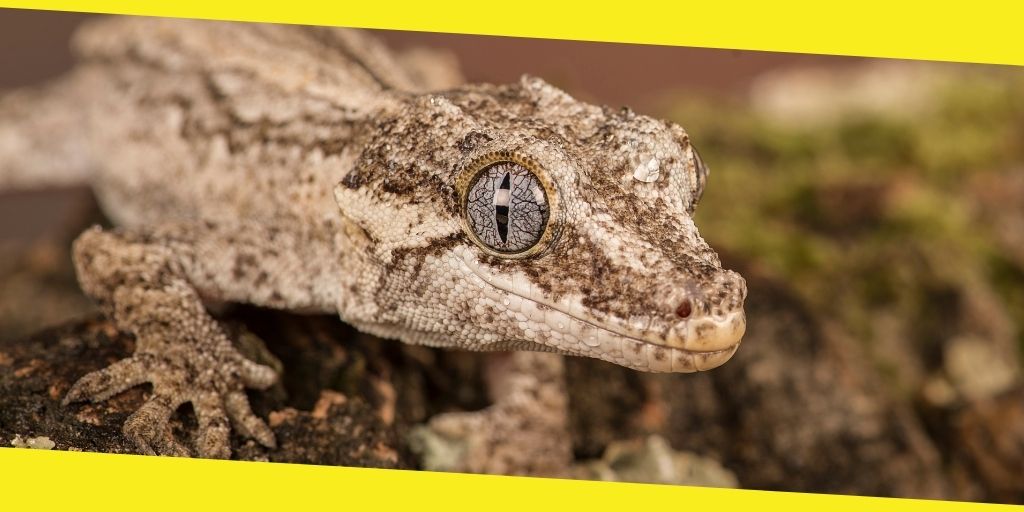How to Feed and Take Care of a Gargoyle Gecko

When you tag yourself as a reptile addict, you have a different taste in pets. But your love for your slithering beauties must be in line with the proper, scientific care that they much deserve. So, if you have newly got a gargoyle gecko, learn about the correct care and feeding charts.
Contents
ToggleHow to Feed and Take Care of Your Gecko
There is no doubt that having a gorgeous, bumpy gecko beside your bed can be fun. Just make sure you are looking after it in the following ways:
Food
Being omnivorous, geckos generally prefer several insects, small mammals as well as fruits and nectars. So you might share your apple with this roomie of yours. But that might not be enough for raising it in your home environment. Consider the pre-mix powdered food options or offer a relishing treat that includes dubia roaches, mealworms, wax worms, etc.
Remember, geckos prefer the bigger insects over the smaller ones, but you must never overfeed them. Insect consumption once or twice a week is good enough. For a change, you may also give it a defrosted pinky mouse.
Your gecko needs calcium as a part of its diet. So make it a habit to dust your feeder insects with vitamin D3 enriched calcium powder.
Living
Gargoyle geckos are from the semi-tropical islands and live in the dense and moist areas of the forest. While at home, it’s important to develop an appropriate environment for them to grow.
For an adult gecko, a terrarium combining artificial and real plants with hiding places and climbing opportunities would be ideal. A spacious terrarium with good heights would allow it to jump around all the more. You can prepare the substrate using moss, coconut fiber, etc. to keep the environment humid.
Avoid using particulate substrates for a baby gargoyle gecko as they can make it sick; use paper towels instead.
Although geckos love licking the mist of the terrarium walls, serve a fresh bowl of water regularly.
Pro tip: If you are nurturing more than one gecko at a time, don’t make the mistake of housing two males together as they can be aggressive. Instead, pair a male and a female to make some room for mating. But consider checking the gecko reproduction facts first.
Temperature
Geckos’ body temperature regulations depend on external sources; hence, it’s crucial to maintain a strict temperature control inside the terrarium or vivarium. Keeping it between 75 °F and 83 °F would provide comfort to your nimble reptile; stay cautious that it never goes above 85 °F.
Moisture is essential to geckos. Stick to 50-60% humidity levels in general, and occasionally increase it to 80-90%.
Additionally, buy a 40-50 watt fluorescent bulb and fit it to create a basking spot for your gecko—this improves their overall well-being. But don’t forget to leave some dark, bushy corners; after all, they are nocturnal creatures.
A gargoyle gecko can be pretty friendly and may even respond to your nudges if you two share a great rapport. Just take care of it in the supposed ways so that you enjoy each other’s company for a long time.
Recommended For You
Got Any Pets? Here’s How You Can Keep Your House Clean
Most Inside
Most Inside offers high-quality recommendations and valuable updates to enhance all aspects of your life, providing premium guidance and enriching experiences.




